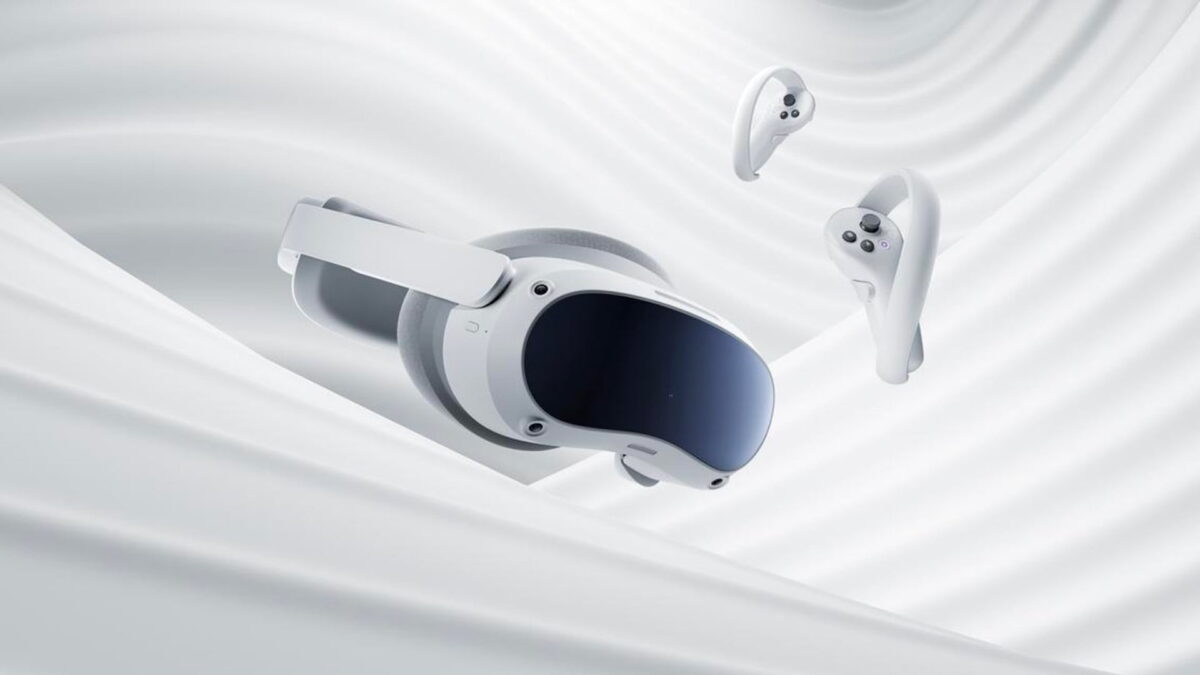Pico 4 to miss sales targets, internal disputes

Pico is reportedly unhappy with the Pico 4 sales figures. The rapid growth since the Bytedance acquisition is said to be causing problems for the company.
According to a Chinese report, there is trouble at Pico. Individual departments are said to have fallen out with each other. Furthermore, the headset manufacturer is not satisfied with the international sales figures of the Pico 4.
Pico 4 is said to miss sales targets
The Chinese website Sina Technology claims to have talked to several insiders at Pico and in the XR industry and reports dissatisfaction within the company. One reason is the low sales figures of the Pico 4. Pico will clearly miss the stated goal of one million VR headsets sold this year.
According to data from market research firm Sandalwood Advisors, Pico sold 46,000 VR headsets within the first 18 days since its launch on Sept. 27. Even before that, Pico had revised its unit production numbers significantly downward. Originally, 2.5 million units had been planned. In the end, Pico cut orders from suppliers to 1.8 million.
Pico itself reported supply bottlenecks for the Pico 4 days before the launch due to "unprecedented global demand," which delayed the delivery of pre-orders mainly in Europe. If the sales and production figures given in the report are correct, the delivery problems are unlikely to be related to the orders received.
Did Pico misjudge the VR market?
According to industry insiders, the VR headset maker's funding and resource capacity has improved since ByteDance acquired Pico. However, the product strategy is not convincing, they said. Pico 4 will be demoted to an old product as early as next year, as new chips will hit the market and Pico will have to present a successor.
"Consumer buying appetite will naturally wane, and I wonder what the leadership that wrongly predicted the market situation will do with so much inventory by then," an XR industry source is quoted by Sina Technology.
According to a former HTC Vive senior technical expert with more than 20 years of industry experience, the Pico 4 is also heavily subsidized. With every Pico 4 sold, Pico would lose $140, according to the report.
Another Pico source concedes that Pico's approach is too aggressive because the market is not yet mature.
"Pico thinks it can create a market by spending a lot of money. But if you look at the current development of the VR industry, the adoption rate of VR products among home users is still small. Most consumers don't even know what experience VR can bring."
Internal dissent after the acquisition of ByteDance
Because of the company's rapid expansion, there are also weaknesses in product quality, the sources said. In the early stages of product development, some technical staff would accept the use of individual components even if they found minor problems during testing, as long as these problems did not affect the immediate product launch.
The ByteDance acquisition also led to internal squabbles, according to Sina Technology. Pico has grown from 100 to more than 2,000 employees within a year. As a result, various factions have formed between old and new employees fighting over resources. One source describes the workforce as a feuding soccer team. Everyone plays their own way, there is no joint effort for a common cause.
A former employee also says that Pico employees rarely use the company's own products. They are aware of the difference in quality between Pico's VR headset and foreign products such as the Meta Quest 2, especially in terms of software offerings. The performance difference between Pico and its competitors is between three and five years, they said.
Note: Links to online stores in articles can be so-called affiliate links. If you buy through this link, MIXED receives a commission from the provider. For you the price does not change.